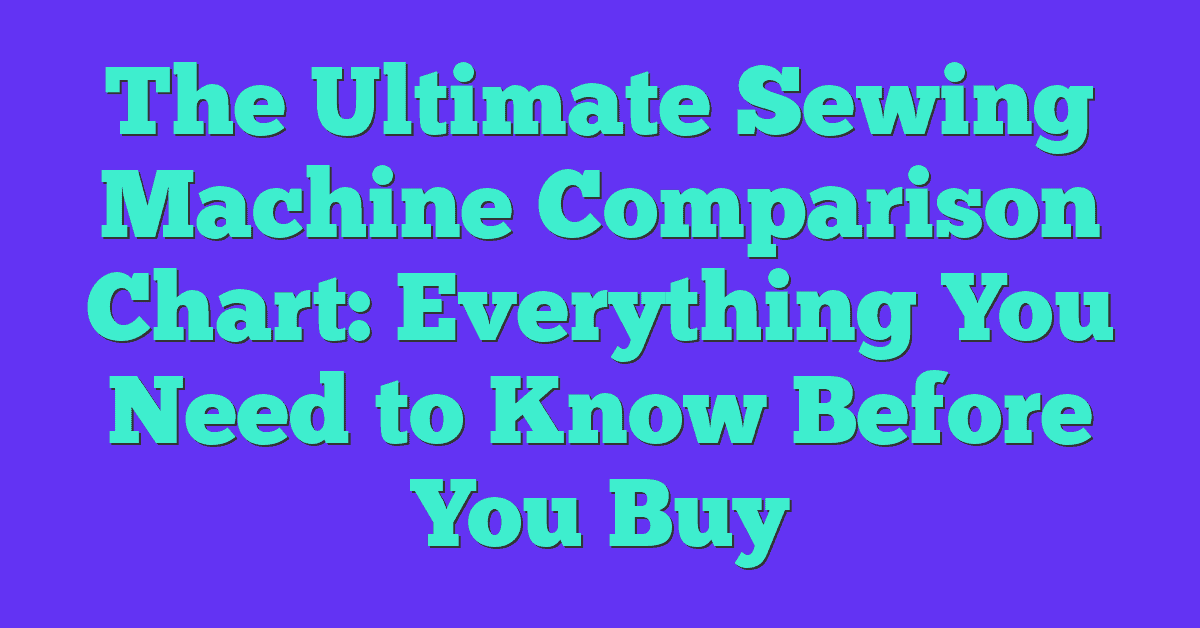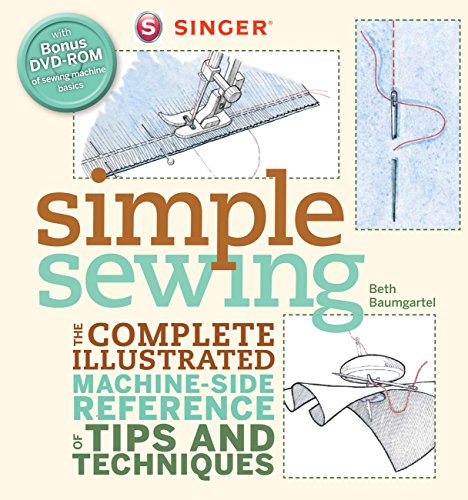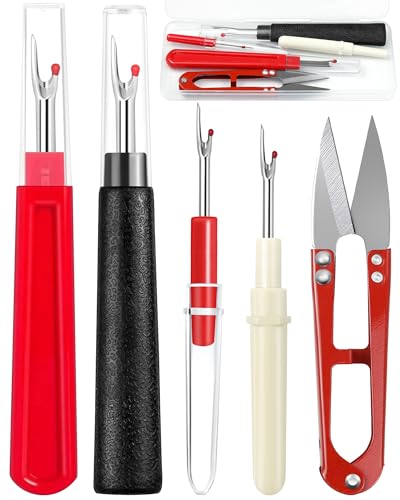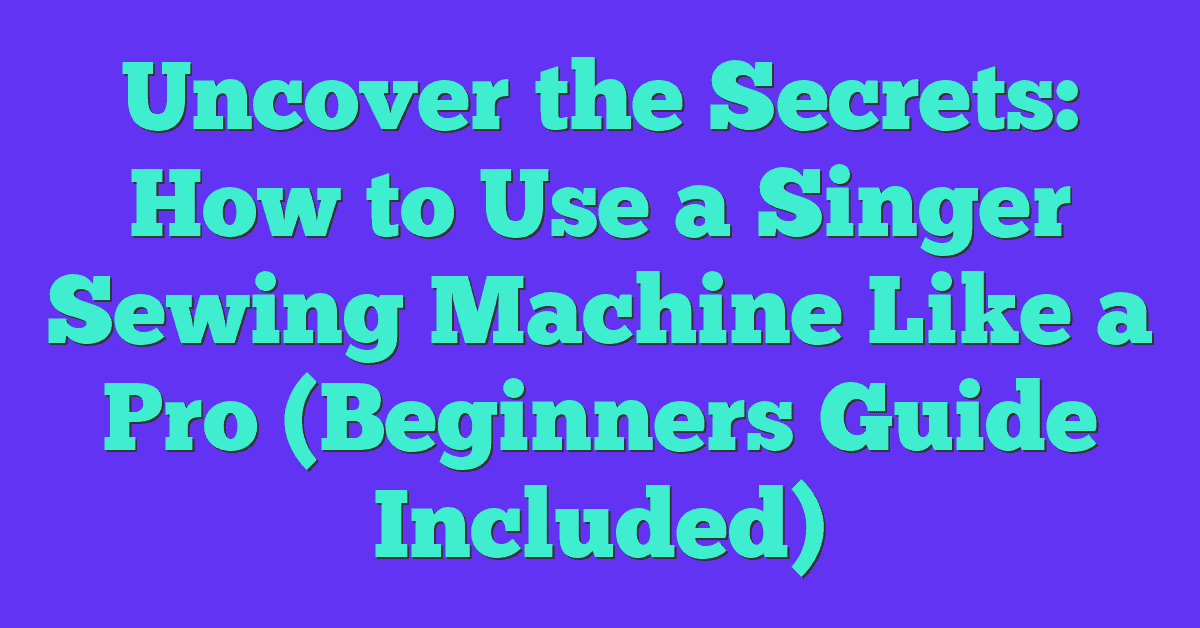Choosing the right sewing machine can feel overwhelming with so many options out there. Whether you’re a beginner or a seasoned pro, finding a machine that fits your needs and budget is crucial. That’s where a sewing machine comparison chart comes in handy.
Understanding Sewing Machine Comparison Charts
Comparison charts help you make informed decisions by presenting key details side-by-side.
The Purpose of Comparison Charts
Comparison charts simplify the buying process by summarizing crucial information. They let you quickly see which sewing machines meet your specific needs without digging through extensive descriptions. Charts typically include model names, features, and price points, enabling a straightforward comparison.
Key Features to Compare
When examining sewing machine comparison charts, focus on:
- Stitch Options: Look at the number of built-in stitches, including straight, zigzag, and decorative stitches.
- Speed: Check maximum stitches per minute to gauge machine efficiency.
- Buttonhole Styles: Review the types and number of automatic buttonhole stitches available.
- Presser Feet: Different presser feet, like zipper or walking foot, enhance functionality.
- Built-in Needle Threader: A convenient feature for quick threading.
- Automatic Thread Cutter: Saves time by cutting threads automatically.
- Adjustable Stitch Length and Width: Offers flexibility for various projects.
- Weight: Consider machine portability based on weight.
- Warranty: Verify warranty duration for long-term support and maintenance.
An effective comparison chart will clearly list these features for a user-friendly evaluation.
Top Factors to Consider When Choosing a Sewing Machine
Selecting the perfect sewing machine involves evaluating several elements to ensure it meets your needs and preferences.
Durability and Build Quality
Evaluate the machine’s frame and build. Solid metal frames offer better durability compared to plastic ones. High-quality machines, for example, often come with stainless steel bedplates, which improve longevity. Check user reviews for insights into the machine’s performance over time. Brands like Janome and Brother are renowned for their robust designs.
Ease of Use and Versatility
Assess features that enhance usability. Look for machines with an automatic needle threader, which alleviates eye strain, and a top-loading bobbin system that simplifies setup. Machines with a digital interface, like those from Singer, offer intuitive navigation. Versatility is essential for various projects. Models with multiple stitch options, including decorative stitches, provide creative flexibility. Machines offering free-arm capability and interchangeable presser feet support diverse sewing applications, enhancing your crafting experience.
Analysis of Popular Sewing Machine Brands
Choosing the right sewing machine from the vast array can be daunting. Several brands offer unique advantages, catering to different needs.
Budget-Friendly Choices
Brands like Brother and Singer stand out in this category. Brother’s models, including the CS6000i and XM2701, combine affordability with versatility. These machines offer a range of stitch options and user-friendly features like automatic needle threaders and LCD displays. Singer provides reliable budget machines like the Start 1304 and 4423 Heavy Duty, which focus on durability and ease of use. They offer straightforward operation, making them ideal for beginners or occasional sewers.
High-End Sewing Machines
For those seeking advanced features, Janome and Bernina excel. Janome’s machines, such as the Memory Craft 9400 and Horizon 8200QCP, provide extensive stitch libraries and high-speed performance. These models appeal to experienced sewists who require precision and advanced functionality. Meanwhile, Bernina offers top-tier machines like the Bernina 770 QE and 790 Plus. They boast exceptional build quality, large touchscreens, and sophisticated embroidery capabilities. These machines suit professionals and hobbyists looking for the best.
Whether prioritizing budget or top-tier features, options exist to match your specific needs.
Using the Comparison Chart Wisely
The comparison chart is an essential tool to streamline your search for the perfect sewing machine. By understanding key aspects of the chart, you can make informed decisions that fit your needs and preferences.
Interpreting Technical Specifications
Understanding technical specifications helps you gauge a sewing machine’s capabilities. Specifications such as stitch options, speed, and needle positions are paramount.
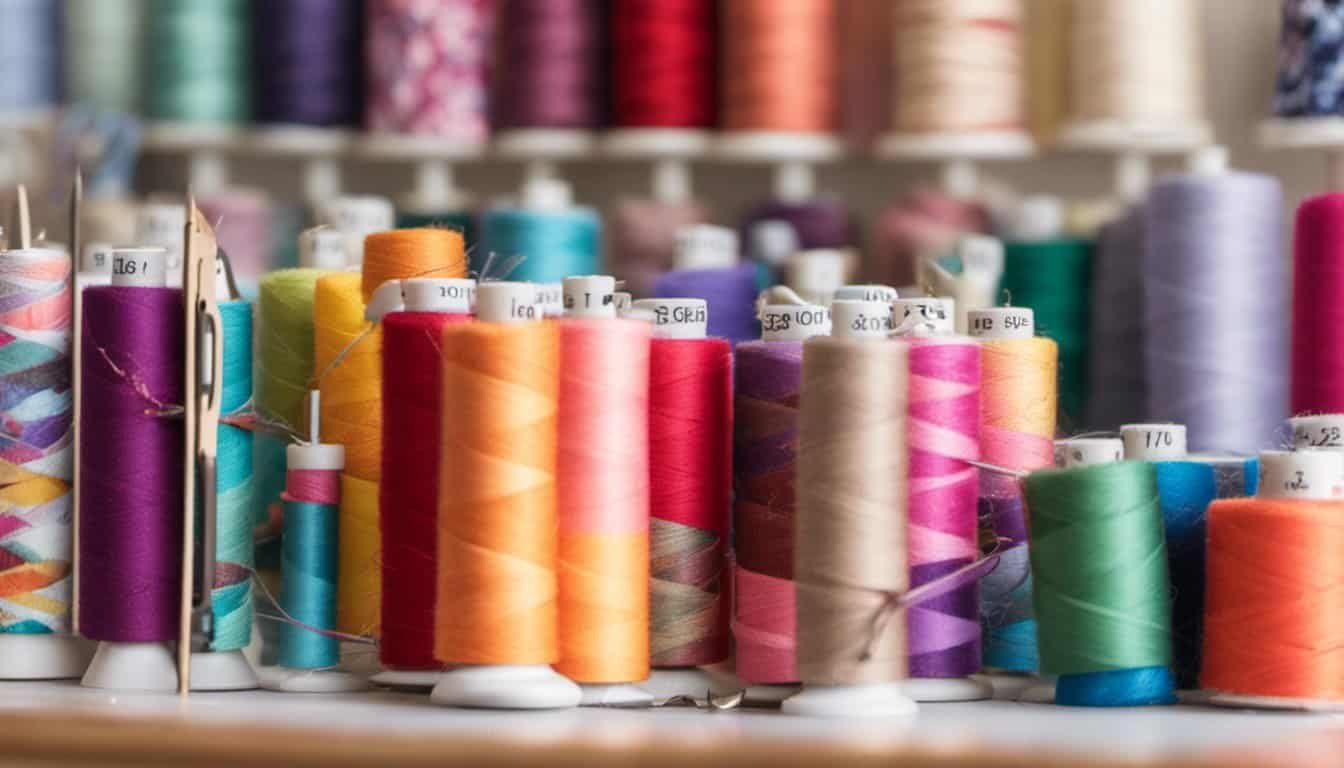
- Stitch Options: Check stitch types and their count. Common stitches include straight, zigzag, and decorative stitches. More options offer greater versatility in projects.
- Speed: Measured in stitches per minute (SPM), speed impacts efficiency. A higher SPM is useful for large projects.
- Needle Positions: Multiple needle positions enable diverse stitching techniques. This is important for intricate designs and adjustments.
- Buttonhole Styles: Machines with various buttonhole styles provide different finishes for garments.
- Built-in Stitches: Machines with a substantial number of built-in stitches can handle intricate patterns and designs effortlessly.
Assessing User Reviews and Ratings
User reviews and ratings offer practical insights into a sewing machine’s performance and reliability. Focus on common themes mentioned in reviews.
- Durability: Look for comments on the machine’s build quality, particularly mentions of metal frames or long-lasting parts.
- Ease of Use: Users often highlight ease of use, which includes intuitive controls and user-friendly manuals.
- Versatility: Reviews that detail usage across different projects (e.g., quilting, embroidery) indicate the machine’s versatility.
- Customer Support: Comments on brand support and warranty services can be a deciding factor.
- Reliability: Check for patterns in user experiences regarding machine performance over time.
By systematically evaluating technical specifications and user feedback, you can maximize the utility of the comparison chart, ensuring a well-informed sewing machine purchase.
Conclusion
Choosing the right sewing machine doesn’t have to be overwhelming. By leveraging comparison charts and paying attention to key features and user reviews, you can find a machine that fits your needs and budget perfectly. Don’t rush the process—take your time to understand the technical specifications and read what other users have to say. Whether you’re a beginner or an experienced sewer, the right machine is out there waiting for you. Happy sewing!

